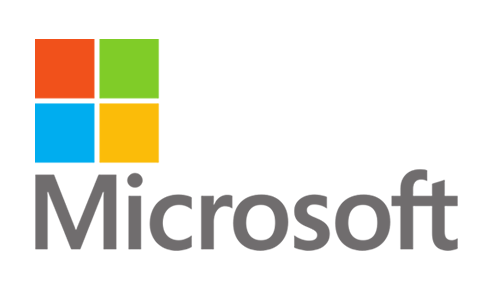End of support refers to the date when Microsoft no longer provides automatic fixes, updates, or online technical assistance. This is the time to make sure you have the latest available update or service pack installed. Without Microsoft support, you will no longer receive security updates that can help protect your PC from harmful viruses, spyware, and other malicious software that can steal your personal information. For more information go to Microsoft Support Lifecycle.
| Client operating systems |
Latest update or service pack |
End of mainstream support |
End of extended support |
|
|
|
|
|
|
|
|
|
|
|
|
|
|
|
|
Windows 10, released in July 2015 ***
|
|
|
|
Prior versions of Windows, including Windows 7 and Windows 8.1, have limited support when running on new processors and chipsets from manufacturers like Intel, AMD, NVidia, and Qualcomm. For more information, please see the Support Lifecycle FAQ.
* Support for Windows 7 RTM without service packs ended on April 9, 2013. Be sure to install Windows 7 Service Pack 1 today to continue to receive support and updates.
** Updates are cumulative, with each update built upon all of the updates that preceded it. A device needs to install the latest update to remain supported. Updates may include new features, fixes (security and/or non-security), or a combination of both. Not all features in an update will work on all devices. A device may not be able to receive updates if the device hardware is incompatible, lacking current drivers, or otherwise outside of the Original Equipment Manufacturer’s (“OEM”) support period. Update availability may vary, for example by country, region, network connectivity, mobile operator (e.g., for cellular-capable devices), or hardware capabilities (including, e.g., free disk space).
End of support: questions and answers
-
Mainstream support—Microsoft will offer mainstream support for a minimum of 5 years from the date of a product's general availability. For example, if you buy a new version of Windows and five years later another version is released, you will still have two years of support left for the previous version.
-
Extended support—Microsoft will offer extended support for a minimum of 5 years from the date of a product's general availability.
For more details on the difference between mainstream support and extended support, refer to the Microsoft Support Lifecycle Policy FAQ.
